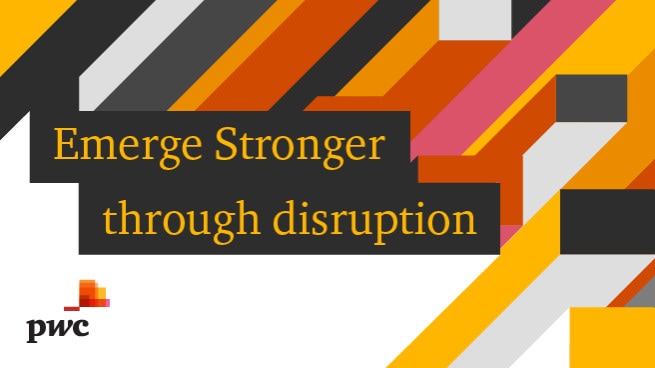During an environment of global uncertainty, no business is immune to bribery and corruption.
PwC’s Forensics team offers an agile approach, empowering your organisation with the tools and knowledge to conduct global business safely and legally. We’re focused on helping you mitigate personal and corporate damage risks from the start, so you can emerge stronger tomorrow.
30% of companies experienced bribery or corruption during the past two years, according to PwC’s 2020 Global Economic Crime and Fraud Survey.


























